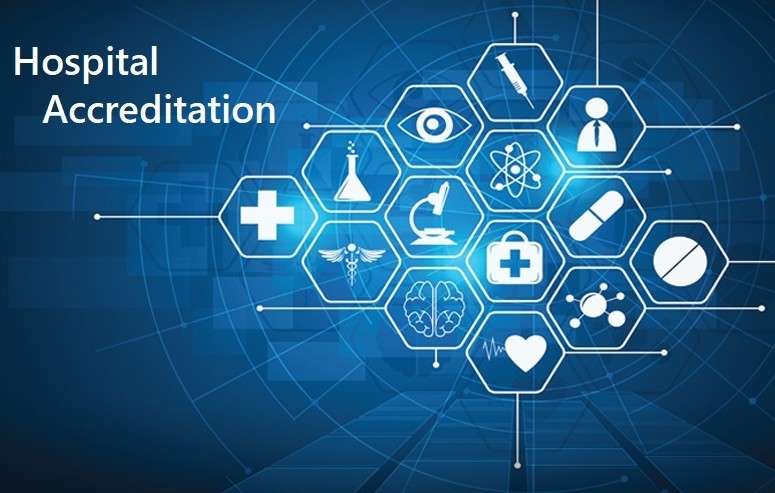Protect Our Girls: Cervical Cancer Vaccination in Ghana
Cervical cancer is one of the leading causes of cancer deaths among women in Ghana—but it is preventable. The Human Papillomavirus (HPV) vaccine offers powerful protection against the virus that causes most cervical cancers.
Starting September 2025, the Government of Ghana, through the Ghana Health Service, is introducing the HPV vaccine nationwide for girls aged 9 to 14 years. The vaccine will be free of charge and available in schools, health centres, and community outreach programmes.
Vaccinating girls before they are exposed to HPV is the most effective way to prevent cervical cancer later in life. The vaccine is safe, effective, and backed by global evidence.
At Vicsi Healthcare, we are committed to supporting this nationwide effort. We believe every Ghanaian girl deserves the opportunity for a long, healthy life. We strive to make the HPV vaccine accessible, promote awareness, and partner with communities so that cervical cancer becomes a disease of the past in Ghana.
Parents, teachers, and community leaders all have a role to play in ensuring girls receive this life-saving protection. Together, we can help eliminate cervical cancer in Ghana and secure a healthier future for our daughters.
Let’s protect them today — for a cancer-free tomorrow.






